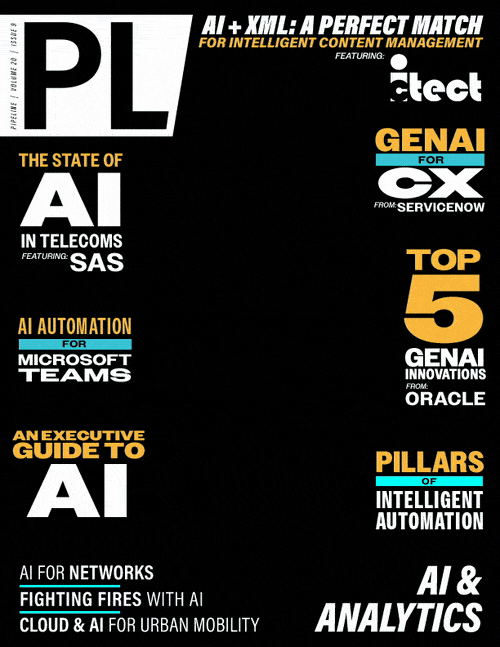The Steps CX Leaders Must Take
for GenAI Adoption
Just as important is developing the technical skills required for GenAI. Successful GenAI implementation requires change management to guarantee the workforce understands the benefits of GenAI and has the skills to utilize the technology. Involving agents early in the process by providing training and executing pilot tests of the solutions to achieve buy-in is essential to effective AI adoption. By educating agents on using these solutions, agents can feel comfortable with the technology before implementation.
Showing agents how technology can further augment their work is also vital. AI-powered solutions can provide real-time recommendations and prompts to agents handling live customer requests, promoting conflict resolution and a customer-first mindset. After calls, AI can analyze the transcript to decipher any patterns and areas for improvement, enhancing the process for similar customer service inquiries in the future. And automation can ensure agents aren’t bogged down by routine tasks, so they can focus on delivering personalized interactions with their customers.
Deploy Self-Service Solutions
Although many customers still prefer connecting with live agents, especially for more complex issues, younger generations are increasingly turning to self-service options. The 18-to-34 age group prefers self-service at nearly twice the rate of respondents aged 55 and older.
Self-service options enable customers to resolve their issues independently, which saves them time and reduces frustration. Agents can see significant reductions in call volumes and support requests, allowing them to focus on more complex and high-value tasks.
As organizations adopt GenAI, the integration of self-service solutions becomes even more critical for agents and customers alike. Effective self-service tools, built on an automation platform and enhanced by AI, can provide quick fulfillment of customer requests without agent involvement such as password resets and crediting missing rewards points. In some cases, they can even resolve complex issues like modifying a business order, complementing the work of live agents rather than adding to their burden. By leveraging generative AI-powered chatbots, self-service tools can understand human language, improving the overall customer experience.
Incorporating self-service solutions as part of a broader GenAI strategy allows organizations to balance automation with human interaction. This ensures that while AI handles routine inquiries, live agents are available for complex problem-solving or sensitive topics, enhancing both customer satisfaction and agent productivity.
Real World Success Stories
BT Group, one of the U.K.’s leading providers of telecommunications services, is using GenAI in an early pilot program for 300 agents. The technology is already improving agent responsiveness and creating better experiences for agents and customers alike. For example, GenAI-powered case summarization is reducing the time it takes to generate case summaries ― an important, but historically manual task ― by 55 percent, and is also enabling a more seamless agent handoff experience, reducing the time it takes to review complex case notes also by 55 percent. This pilot reflects a growing trend in the industry, where AI tools are increasingly utilized to enhance efficiency and support customer service representatives in their daily tasks.
Looking Toward the Future
Successful GenAI implementation takes a great deal of work. Committing to a multifaceted approach centered around one unified platform is the only way to orchestrate the entire tech value chain, including people, processes, and data. At the same time, CX leaders must focus on reskilling and upskilling the workforce, equipping agents with the right self-service tools, and keeping them at the core of call centers. By prioritizing people and technology, companies can maximize the customer experience with GenAI. The ROI from this approach is already being seen, and it’s clear that infusing GenAI in the customer experience is one of the best investments an organization can make.



















